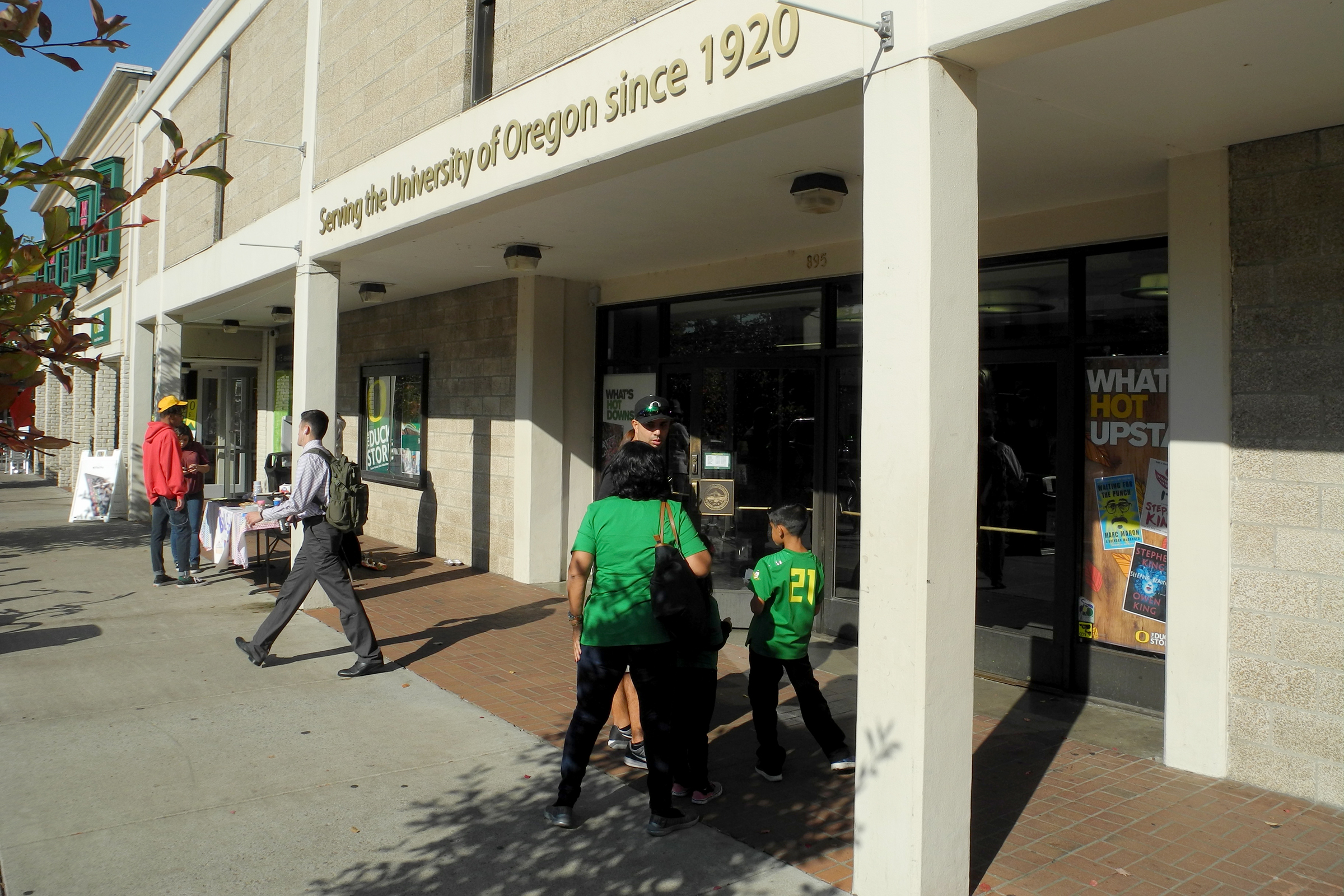By: Matt Dzwilewski
Colleges at the Division I level are consistently increasing their level of spending. Athletics are spending more and more money on facilities and coaches, trying to increase their attractiveness to recruit young athletes to come to their school. Tuition has been rising since the recession, according to a report by the Center on Budget and Policy Priorities, annual tuition at public colleges has risen by around 33% since the 07-08 school year. The combination of increased spending by athletic departments along with decreased funding in higher education has created an issue of whether or not sports provide a great enough positive economic impact on their schools and their communities to warrant such high spending.
As of right now, spending at the collegiate level is at an extremely high rate. According to a report by USA today, Texas A&M was the top revenue producer for the 15’-16’ year, bringing in $194,388,450, with expenses of $137,101,774. Big schools like this have a sizeable economic impact, according to a study published by a UO economics professor in 2012, the athletic department supported 140.5 million dollars of activity in Oregon, with $115 million of that happening in Lane County. The same report states that fan spending of $60.4 million during the 2011-12 season accounted for $101.2 million of activity in the local economy along with 1,261 jobs.
The NCAA (National Collegiate Athletic Association) started in 1906 and consists of 1,123 colleges and universities, ranging from small colleges, to Universities with over 50,000 undergraduate students. According to the NCAA there has been a stark increase in athletic spending in the past decade, with spending on athletics increasing at a rate almost 4 times faster than the rate of increase in academic budgets.
Defenders of the increased spending argue that athletics fund themselves, bring a huge economic boost to the local community, and provide multiple other benefits for the school. According to a report published by a professor at Cal, schools with a winning football teams experience increases in number of applicants and raises both SAT scores and academic reputation. On the opposing side, students and members of the academic community complain about raises in tuition and decreased funding for academics that are occurring at a time when there is such excessive spending on athletics. This side also argues that athletic departments that make significant profit should put that money back into the school.
